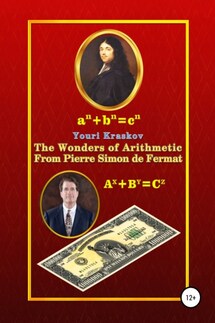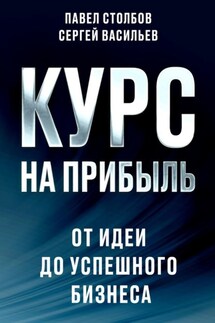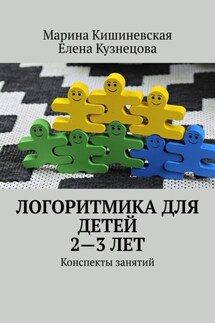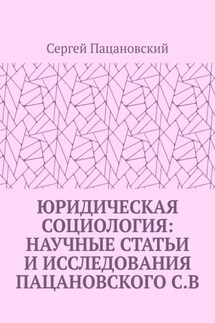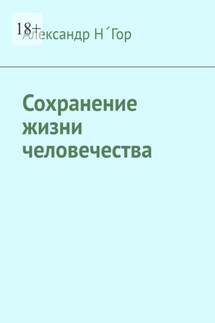The Wonders of Arithmetic from Pierre Simon de Fermat - страница 50
c>2= N>2p>i>2= (Nx)>2+(Ny)>2
where x= u>2−v>2; y=2uv; a=N(u>2−v>2); b=N2uv
The solution is obtained, however it clearly does not satisfy Fermat because in order to calculate the number N you need to decompose the number c into prime factors, but this task at all times was considered as one of the most difficult of all problems in arithmetic.55 Then you need to calculate the numbers x, y i.e. solve the problem of decomposing a prime of type 4n+1 into the sum of two squares. To solve this problem, Fermat worked almost until the end of his life.
It is quite natural that when there is a desire to simplify the solution of the Diophantine task, a new idea also arises of obtaining a general solution of the Pythagoras’ equation a>2 + b>2 = c>2 in a way different from using the identity of Pythagoreans. As it often happens, a new idea suddenly arises after experienced strong shocks. Apparently, this happened during the plague epidemic of 1652 when Fermat managed to survive only by some miracle, but it was after that when he quite clearly imagined how to solve the Pythagoras’ equation in a new way.
However, the method of the key formula for Fermat was not new, but when he deduced this formula and immediately received a new solution to the Pythagoras equation, he was so struck by this that he could not for a long time come to oneself. Indeed, before that to obtain one solution, two integers must be given in the Pythagoreans' identity, but with the new method, it may be obtained minimum three solutions with by only one given integer.
But the most surprising here is that the application of this new method does not depend on the power index and it can be used to solve equations with higher powers i.e. along with the equation a>2+b>2=c>2 can be solved in the same way also a>n+b>n=c>n with any powers n>2. To get the final result, it remained to overcome only some of the technical difficulties that Fermat successfully dealt with. And here such a way it appeared and became famous his remark to the task 8 of Book II Diophantus' "Arithmetic":
Cubum autem in duos cubos, aut quadrato-quadratum in duos quadrato-quadratos, et generaliter nullam in infinitum ultra quadratum potestatem in duas eiusdem nominis fas est dividere cuius rei demonstrationem mirabilem sane detexi. Hanc marginis exiguitas non caperet.
See Pic. 3 and the translation at the end of Pt. 1.
4.2. Fermat’s Proof
The reconstructed FLT proof presented here contains new discoveries unknown to today’s science. However, from this it does not follows that proof becomes difficult to understand. On the contrary, it is precisely these discoveries that make it possible to solve this problem most simply and easily. The phenomenon of the unprovable FLT itself would not have appeared at all if the French Academy of Sciences had been founded during the lifetime of P. Fermat. Then he would become an academician and published his scientific researches and among his theorems in all arithmetic textbooks there would be also such a most ordinary theorem:
For any given natural number n>2, there is not a single triplet of natural numbers a, b and c, satisfying the equation
a>n+b>n=c>n (1)
To prove this statement, suppose that a, b, c satisfying to (1) exist and then based on this, we can get the all without exception solutions to this equation in general form. To this aim we use the key formula method, in which one more equation is added to the initial equation so that it becomes possible to obtain solution (1) in a system of two equations. In our case the key formula is:
